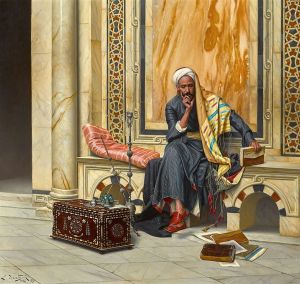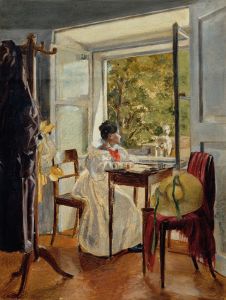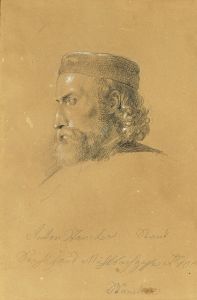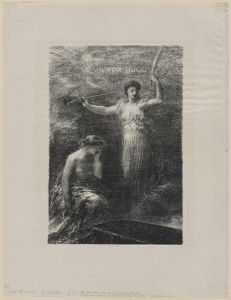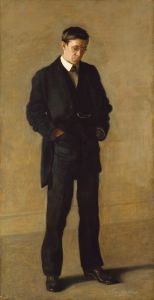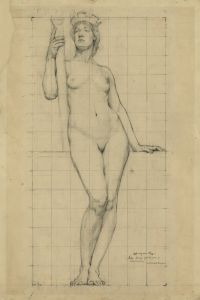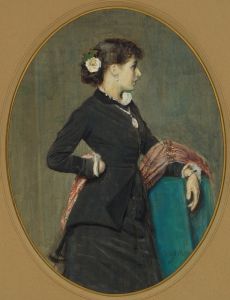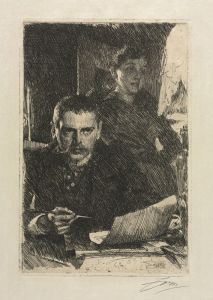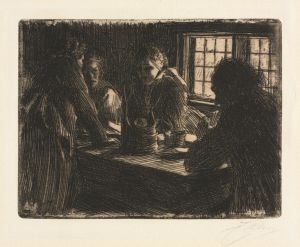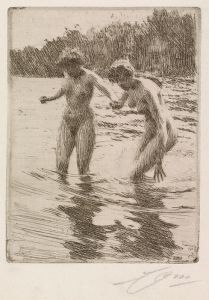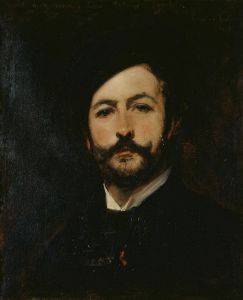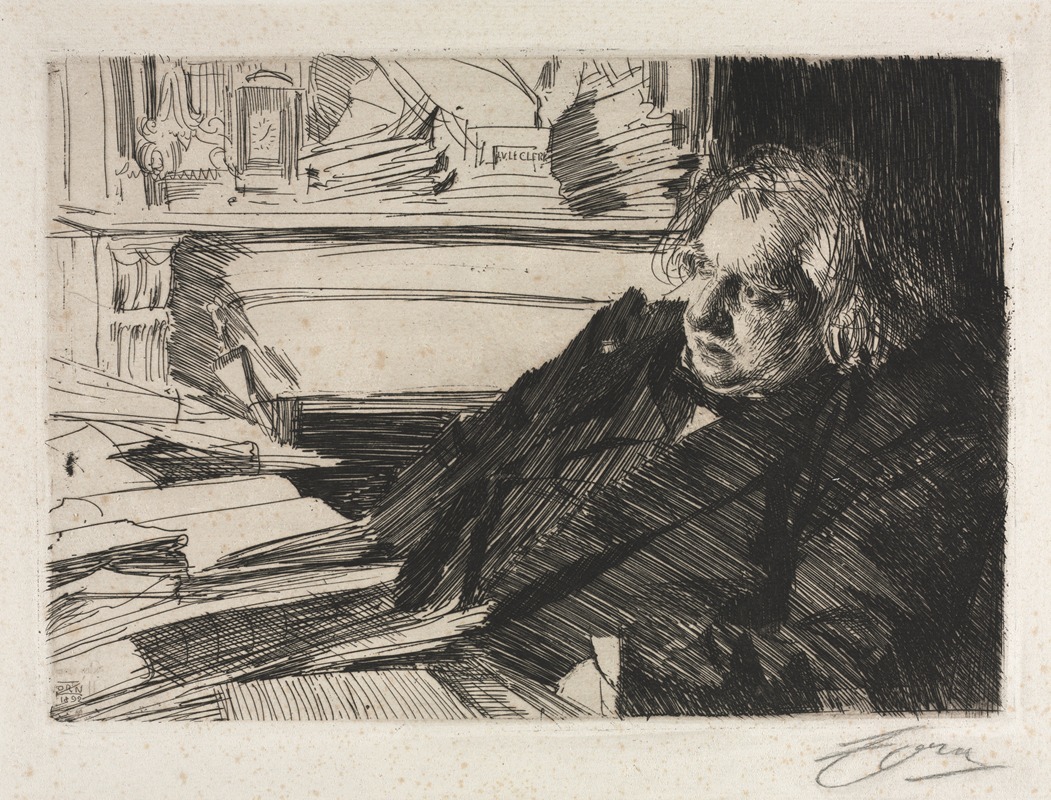
Ernest Renan
A hand-painted replica of Anders Zorn’s masterpiece Ernest Renan, meticulously crafted by professional artists to capture the true essence of the original. Each piece is created with museum-quality canvas and rare mineral pigments, carefully painted by experienced artists with delicate brushstrokes and rich, layered colors to perfectly recreate the texture of the original artwork. Unlike machine-printed reproductions, this hand-painted version brings the painting to life, infused with the artist’s emotions and skill in every stroke. Whether for personal collection or home decoration, it instantly elevates the artistic atmosphere of any space.
Ernest Renan by Anders Zorn is a notable portrait painting created by the Swedish artist Anders Zorn in 1889. Zorn, renowned for his exceptional skill in portraiture and his ability to capture the essence of his subjects, was one of the most prominent artists of his time. This particular work features Ernest Renan, a distinguished French philosopher, historian, and writer, known for his influential works on early Christianity and his controversial views on religion and history.
The portrait was painted during a period when Zorn was gaining international recognition for his work. Zorn was known for his ability to depict the personality and character of his subjects with remarkable clarity and insight. In this painting, he employs his characteristic loose brushwork and a keen eye for detail to render Renan's likeness with both realism and depth.
Ernest Renan, the subject of the painting, was a significant intellectual figure in 19th-century France. Born in 1823 in Tréguier, Brittany, Renan was a scholar who made substantial contributions to the study of religion and history. He is perhaps best known for his book "Life of Jesus" (Vie de Jésus), published in 1863, which presented a historical rather than theological perspective on the life of Jesus Christ. This work was part of his larger series, "History of the Origins of Christianity," which sought to explore the historical context and development of early Christianity. Renan's approach was controversial, as it challenged traditional religious narratives and sparked significant debate and discussion.
In Zorn's portrait, Renan is depicted with a thoughtful and introspective expression, capturing the intellectual depth and contemplative nature for which he was known. The painting is executed with Zorn's typical use of a limited color palette, emphasizing the play of light and shadow to create a sense of volume and presence. Zorn's technique allows the viewer to focus on Renan's facial features and expression, drawing attention to his eyes, which seem to convey a sense of wisdom and introspection.
The portrait of Ernest Renan by Anders Zorn is a testament to the artist's ability to capture the essence of his subjects, as well as to the enduring influence of Renan's work and ideas. Zorn's portrayal of Renan not only reflects the physical likeness of the philosopher but also offers insight into his character and intellectual legacy. This painting remains an important piece in the study of both Zorn's artistic oeuvre and Renan's impact on the fields of history and religious studies.
Today, the painting is appreciated not only for its artistic merit but also for its historical significance, as it brings together the worlds of art and intellectual thought in the late 19th century. The portrait serves as a visual representation of the intersection between art and the intellectual currents of the time, highlighting the role of artists like Zorn in documenting and interpreting the figures who shaped contemporary thought.





